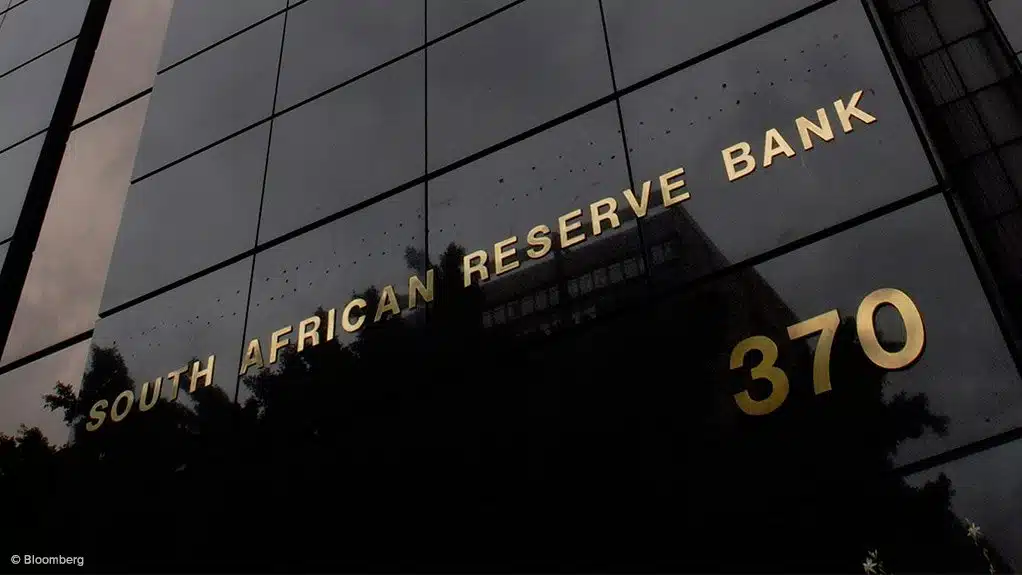The South African Reserve Bank (SARB) has opted to maintain its benchmark interest rate at 7.5%, citing global economic uncertainty and inflation risks.
The decision, announced after the Monetary Policy Committee (MPC) meeting on Thursday, saw four members voting to hold rates steady, while two pushed for a 25-basis-point cut.
This means the prime lending rate (repo rate + 3.5%) remains at 11%.
SARB Governor Lesetja Kganyago warned that global risks were mounting, with trade tensions escalating and geopolitical shifts creating an unpredictable economic landscape.
“Trade tensions have escalated, and longstanding geopolitical relationships are shifting abruptly. In these circumstances, the global economic outlook is unpredictable,” he said.
At home, inflation has remained stable—averaging 3.6% in 2024 and projected to rise to 4.5% (the midpoint of SARB’s target band) by 2026.
However, the central bank sees risks on the upside, warning that the current low inflation for goods may not last.
Growth concerns weigh on policy decisions
Policymakers also considered the country’s sluggish economic growth.
Despite emerging from contraction, South Africa’s gross domestic product expanded by just 0.6% in 2024—falling short of expectations and slightly weaker than the previous year.
As a result, the growth forecast for 2025 has been revised downward to 1.7%.
Additionally, the central bankers expressed concerns over weak exports and persistent domestic challenges, emphasising that structural reforms are crucial for sustaining long-term growth.
While the decision to hold rates was widely anticipated, Kganyago signalled that a rate cut remains possible. ‘The forecast sees rates stabilising at a neutral level of about 7.25%,’ he said, suggesting room for a “25-basis-point reduction in the coming months.”
External risks and future policy direction
SARB also assessed external risks, including a weaker US dollar and higher commodity prices, which could impact South Africa’s economic outlook.
Policymakers considered scenarios such as a possible loss of the country’s AGOA trade benefits, which could weaken exports and further slow growth.
“In a difficult global environment, it is vital to sustain domestic reforms that boost growth, while preserving macroeconomic stability,” Kganyago said.
The rate decision follows the US Federal Reserve’s move to keep rates steady while revising its 2025 growth forecast downwards to 1.7% from 2%.
Analysts say South Africa’s monetary policy will likely remain cautious in the coming months, as inflation risks persist, and economic recovery remains fragile.






